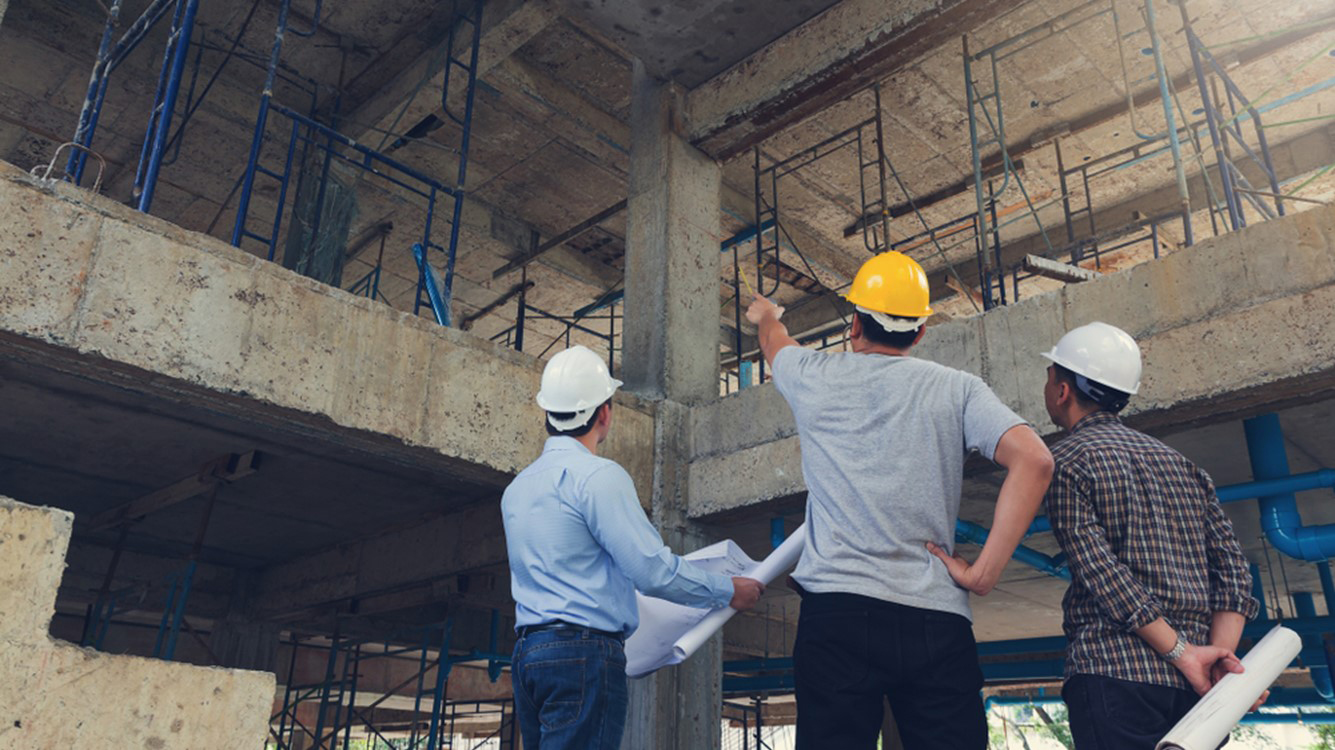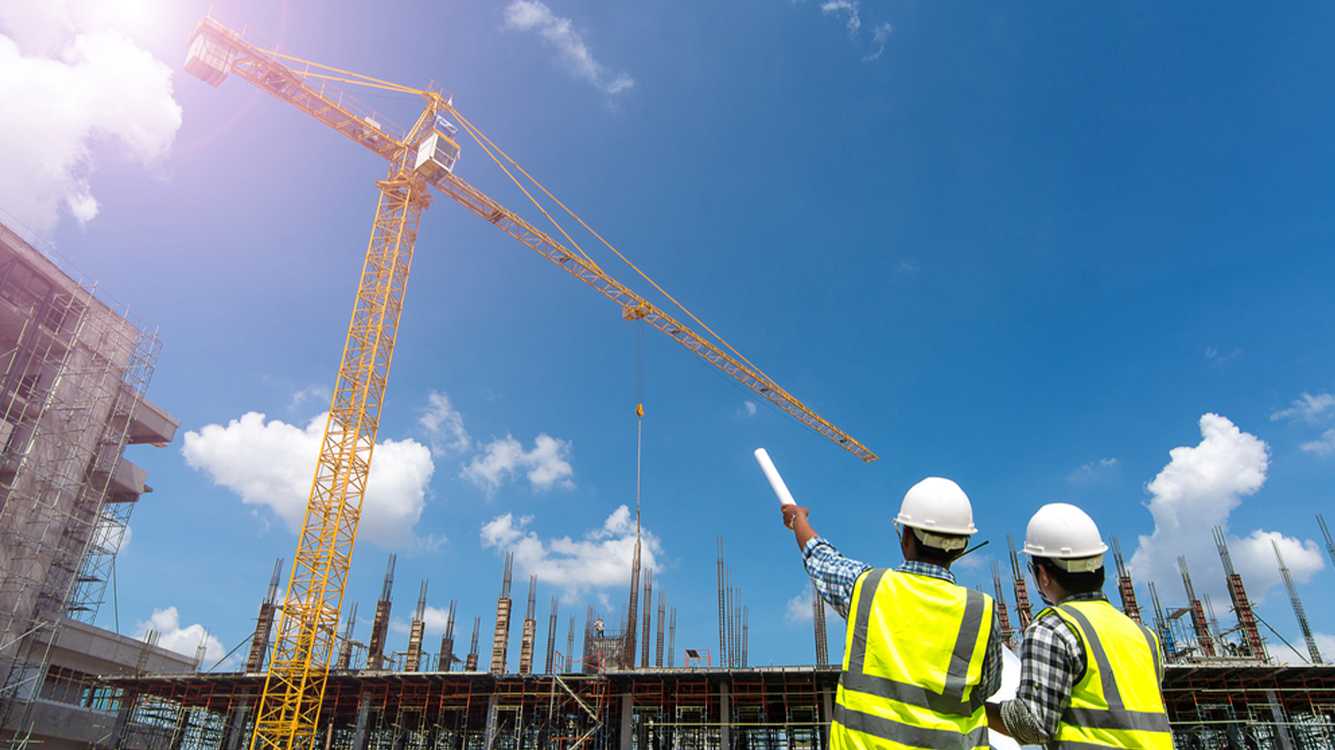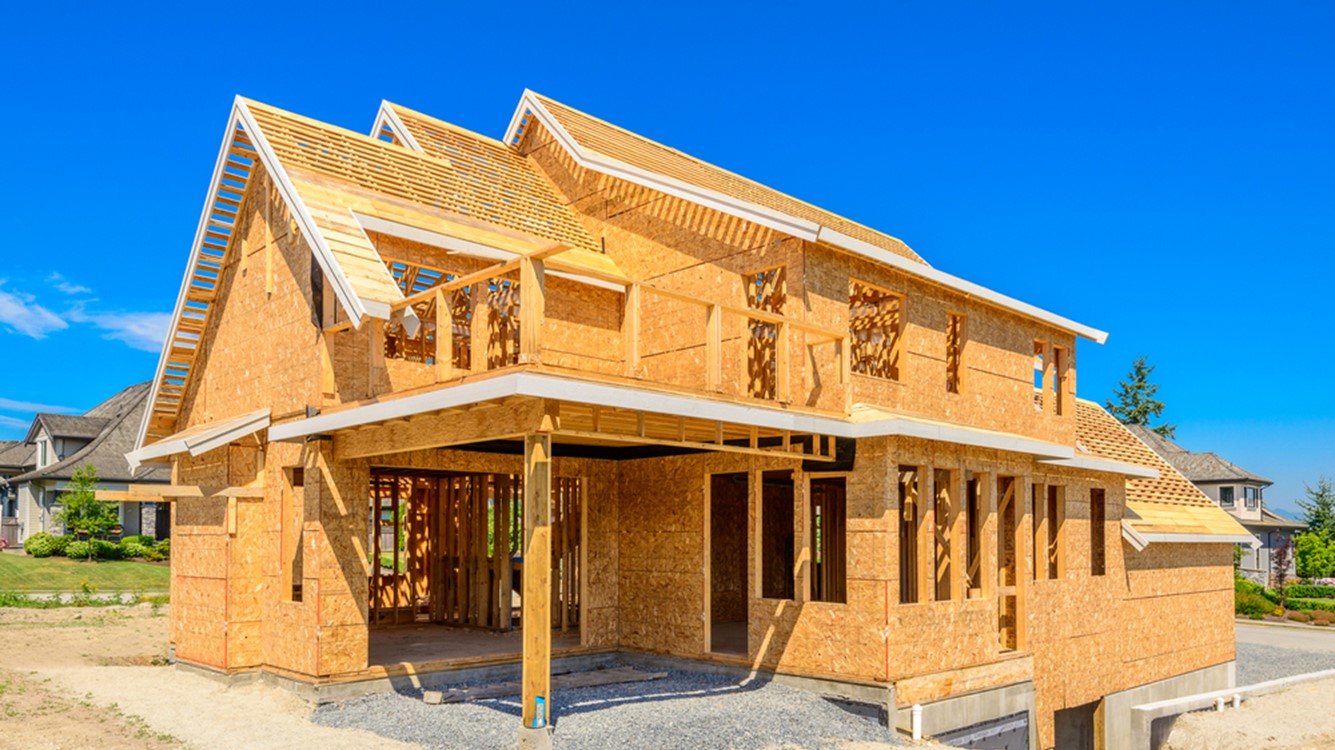Construction spending above year-ago-levels
Supply shortages will boost the number of single-family homes built.

October 2, 2023
Construction spending expanded 0.5% in August after including upward revisions to July’s data. Spending is now 7.4% higher than a year ago. The level of spending is not adjusted for inflation; the costs of inputs to construction from the producer price index were down 0.2% from a year ago in August. Although fuel prices spiked in the summer, prices are significantly lower compared to a year ago.
Private residential construction rose 0.6% in August after July spending was revised lower. Both single and multifamily construction posted gains in the month. Although single-family construction spending remains 10.6% lower than a year ago, activity has been rising for the past four consecutive months, growing at a 1.7% pace in August. Permits to build single-family homes have been on the rise since February and are 7.1% higher than a year ago. Significant supply shortages for detached homes in the resale market mean that newly built homes will continue to make up a growing share of homes for sale. The recent rise in mortgage rates has put a damper on demand, but builders have been much quicker to respond to changing conditions by offering incentives for buyers.
Multifamily construction spending grew 0.6% in August, a much slower pace than this past spring but still 24% higher than a year ago. Multifamily construction has been strong since August of 2022, when interest rates first started taking a bite out of demand. Supply shortages in the single-family market are fueling demand for rentals, especially in the Sunbelt. Multifamily permits popped in August while the number of multifamily units under construction remain near all-time highs. This will accelerate the downward pressure on rents on the margin, but it takes time to show up in lease renewals.
Private nonresidential construction spending eked out a 0.3% gain in August. The largest component, manufacturing construction, rose 1.2%. Computer and electronic manufacturing construction has been on a tear; spending has increased ten-fold from pre-pandemic times, buoyed by government incentives for chip and electric vehicle (EV) plants.
Public construction spending grew 0.6% in August after July spending was revised significantly higher. The bulk of the spending occurs at the state and local levels. State and local government revenues have been trending lower year-to-date in the second quarter of 2023, compared to the same time frame in 2022. However, governments are flush with rainy day funds and are on the clock to deploy federal infrastructure funds.
The silver lining is infrastructure spending.
Yelena Maleyev, KPMG Senior Economist
Bottom Line
Construction spending has been growing over the past eight consecutive months, but gains are uneven. High mortgage rates, tighter credit conditions for many commercial builders and the push to reduce office footprints are all expected to weigh on private investment. The silver lining is infrastructure spending with the push to onshore chip and EV plants; this will stem the slowdown in construction spending as we move into 2024.
Explore more

Construction expanded again in July
Construction growth rate for single-family homes is highest in more than a year.

KPMG Economics
A source for unbiased economic intelligence to help improve strategic decision-making.

August housing starts fell, pushed by high mortgage rates
Builders are pivoting to single-family construction.
Subscribe to insights from KPMG Economics
KPMG Economics distributes a wide selection of insight and analysis to help businesses make informed decisions.
Meet our team

